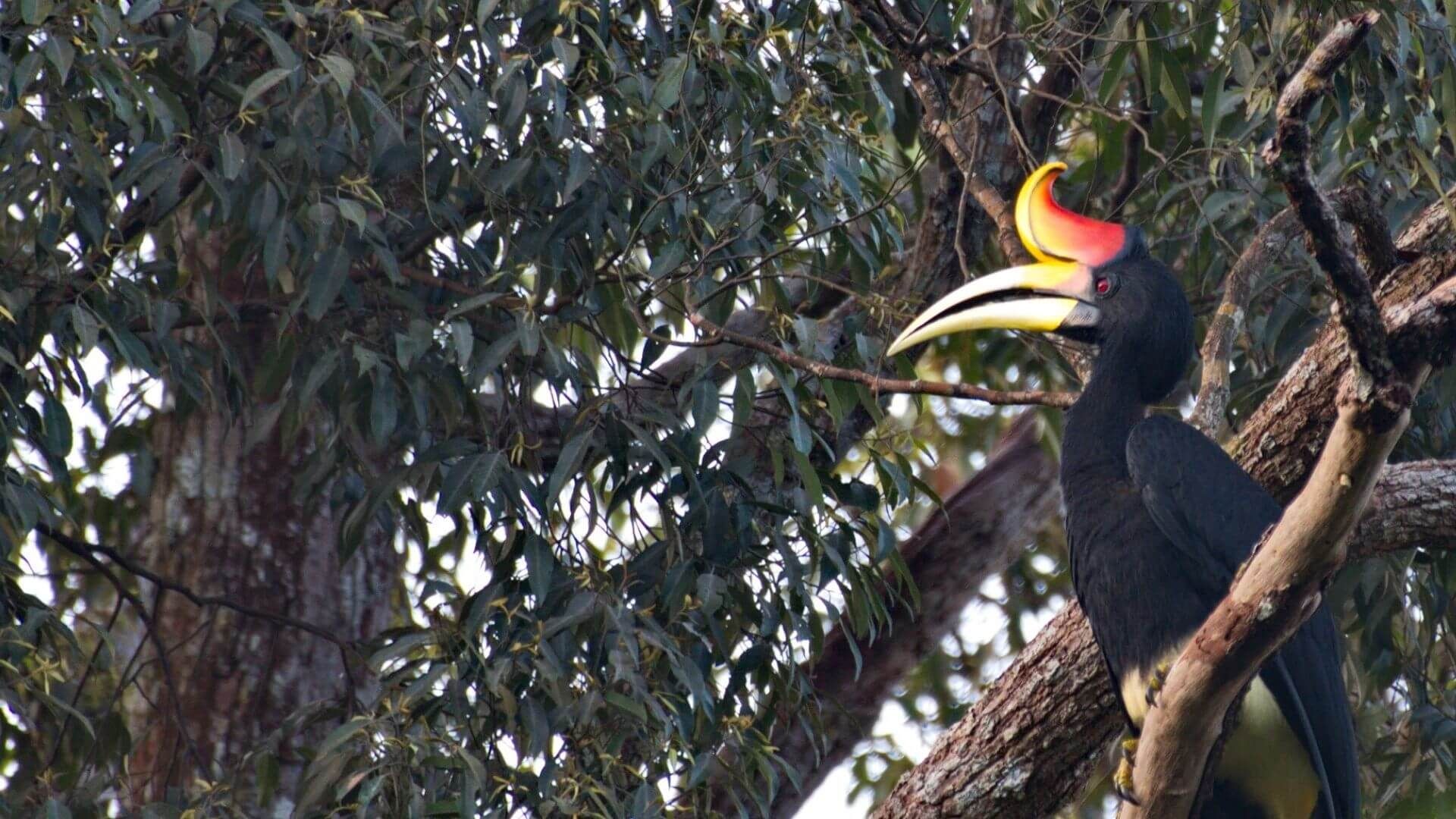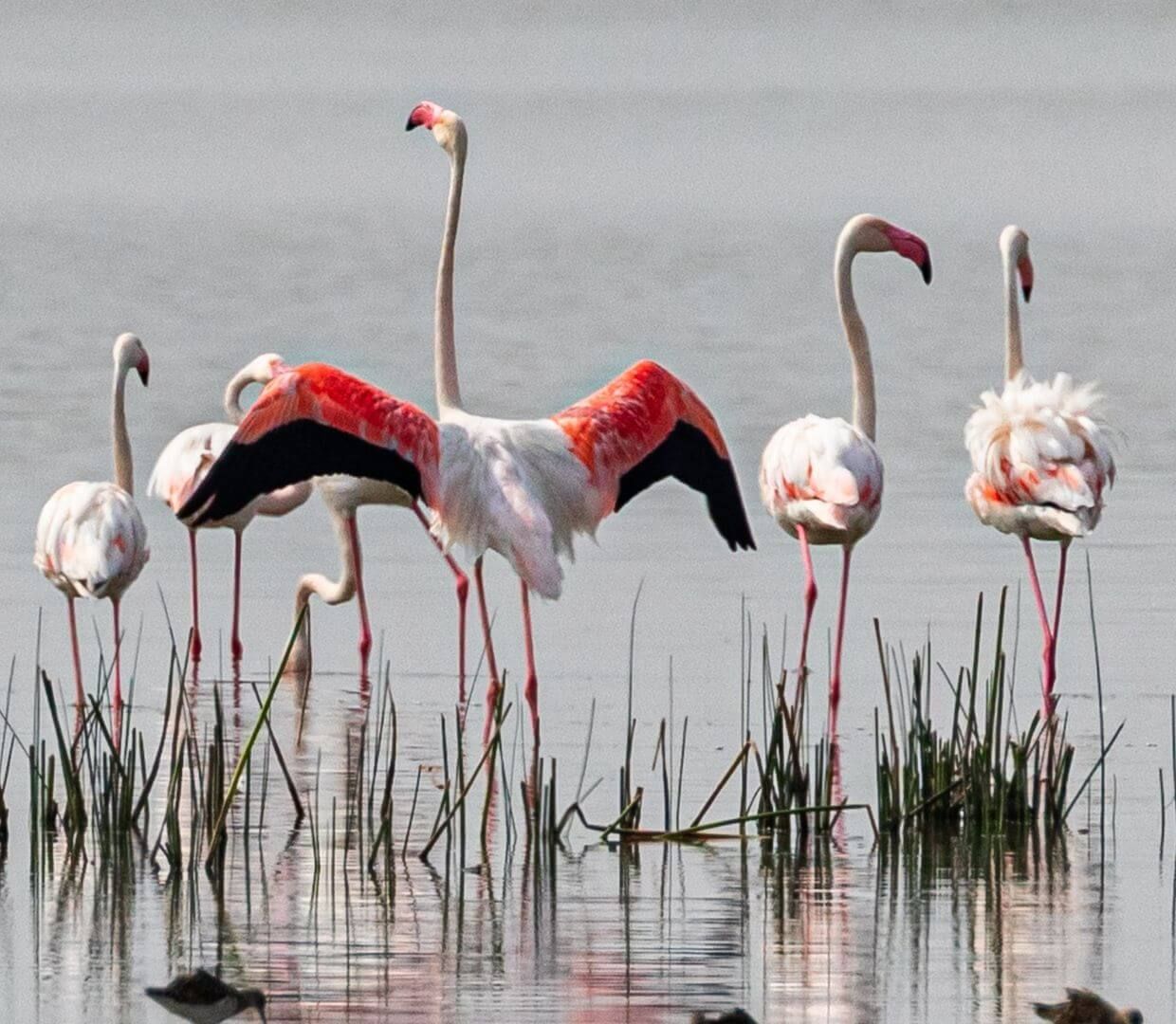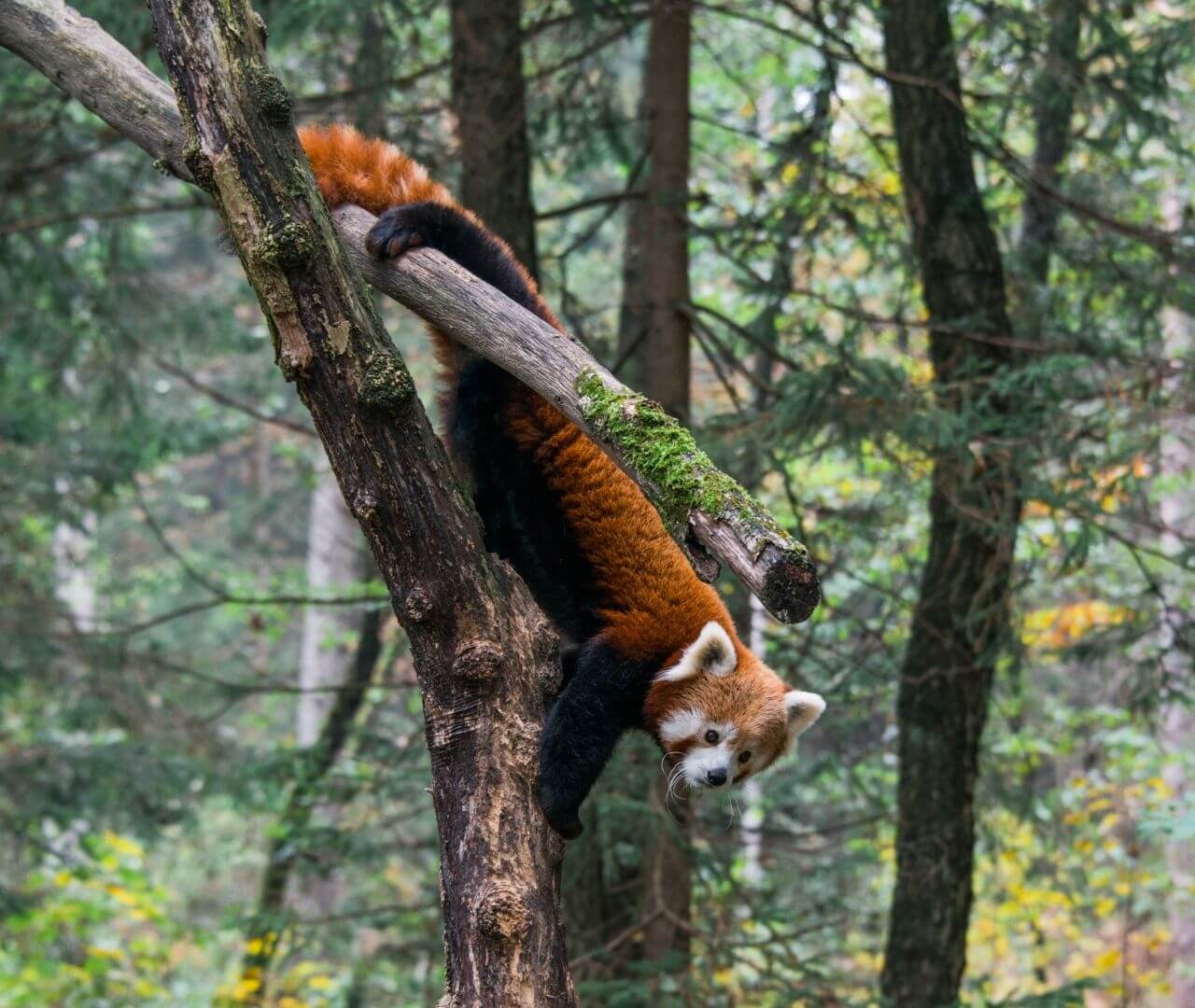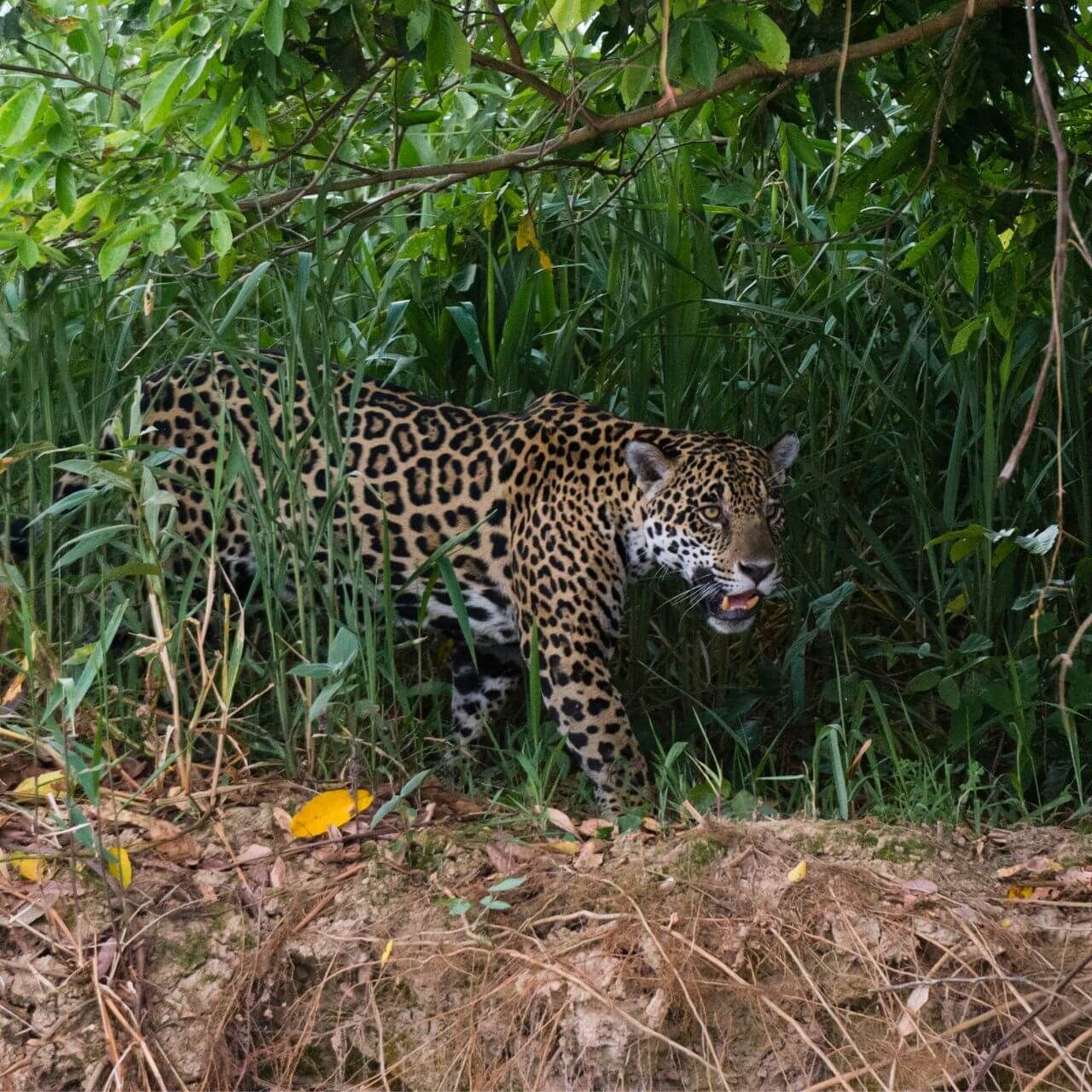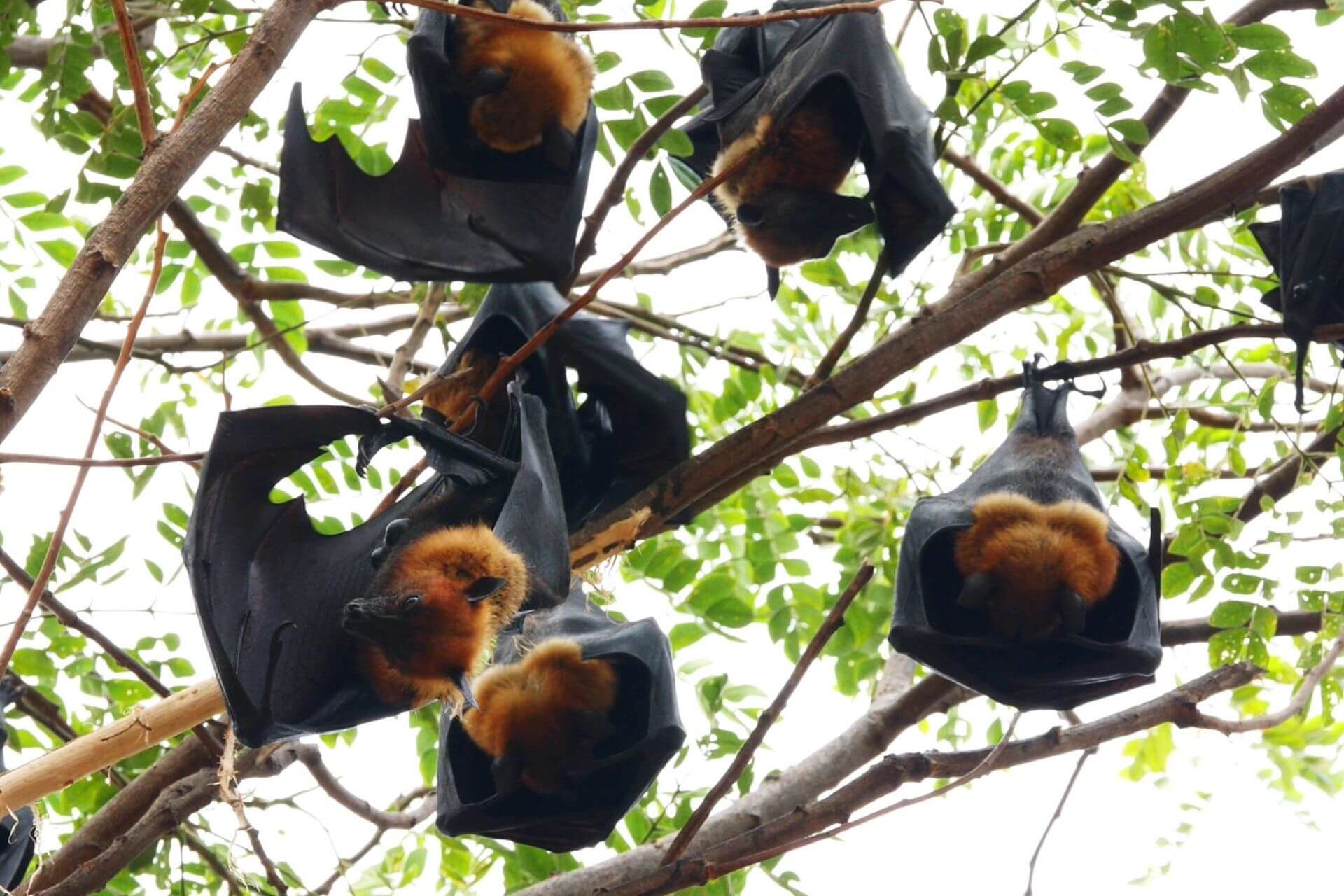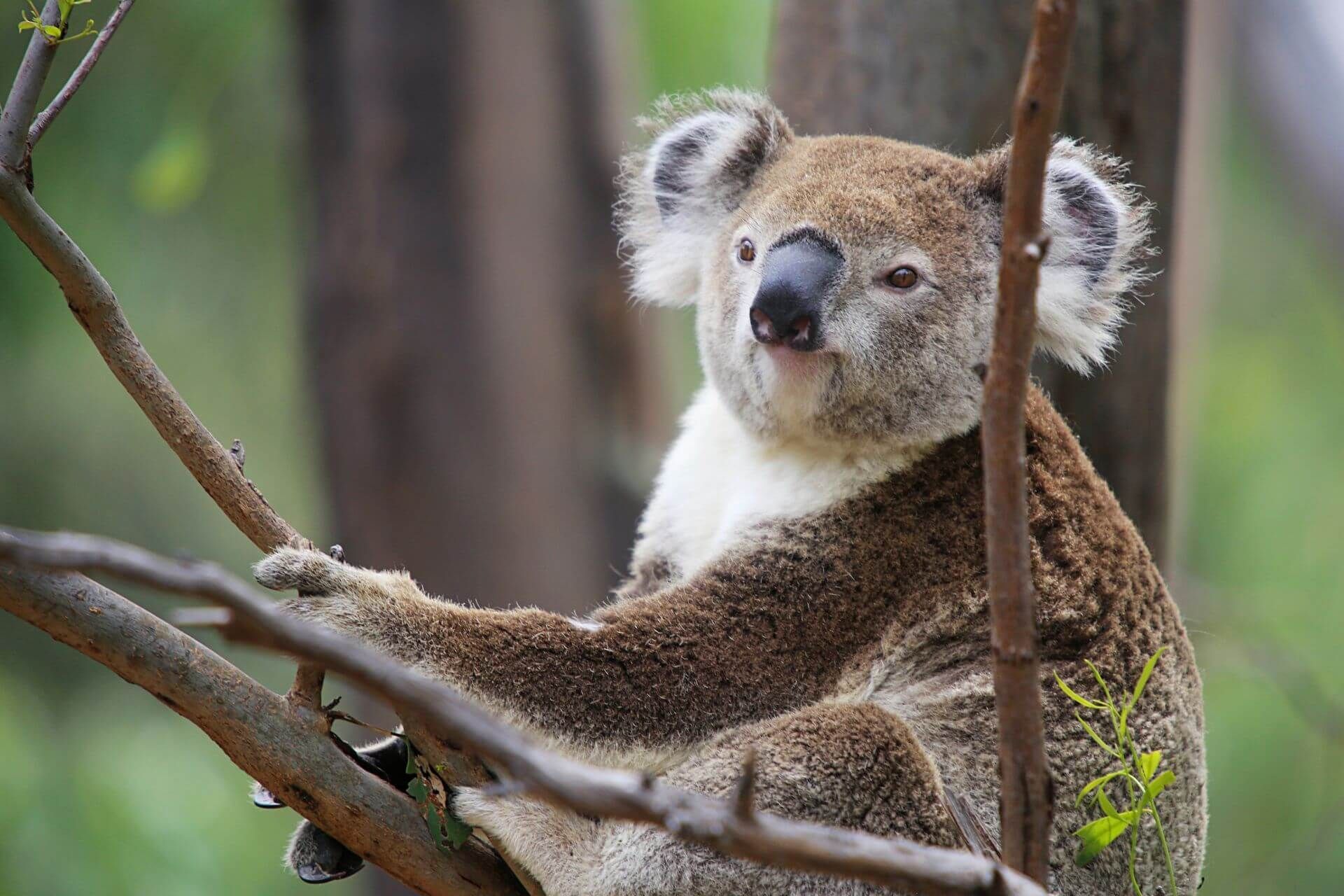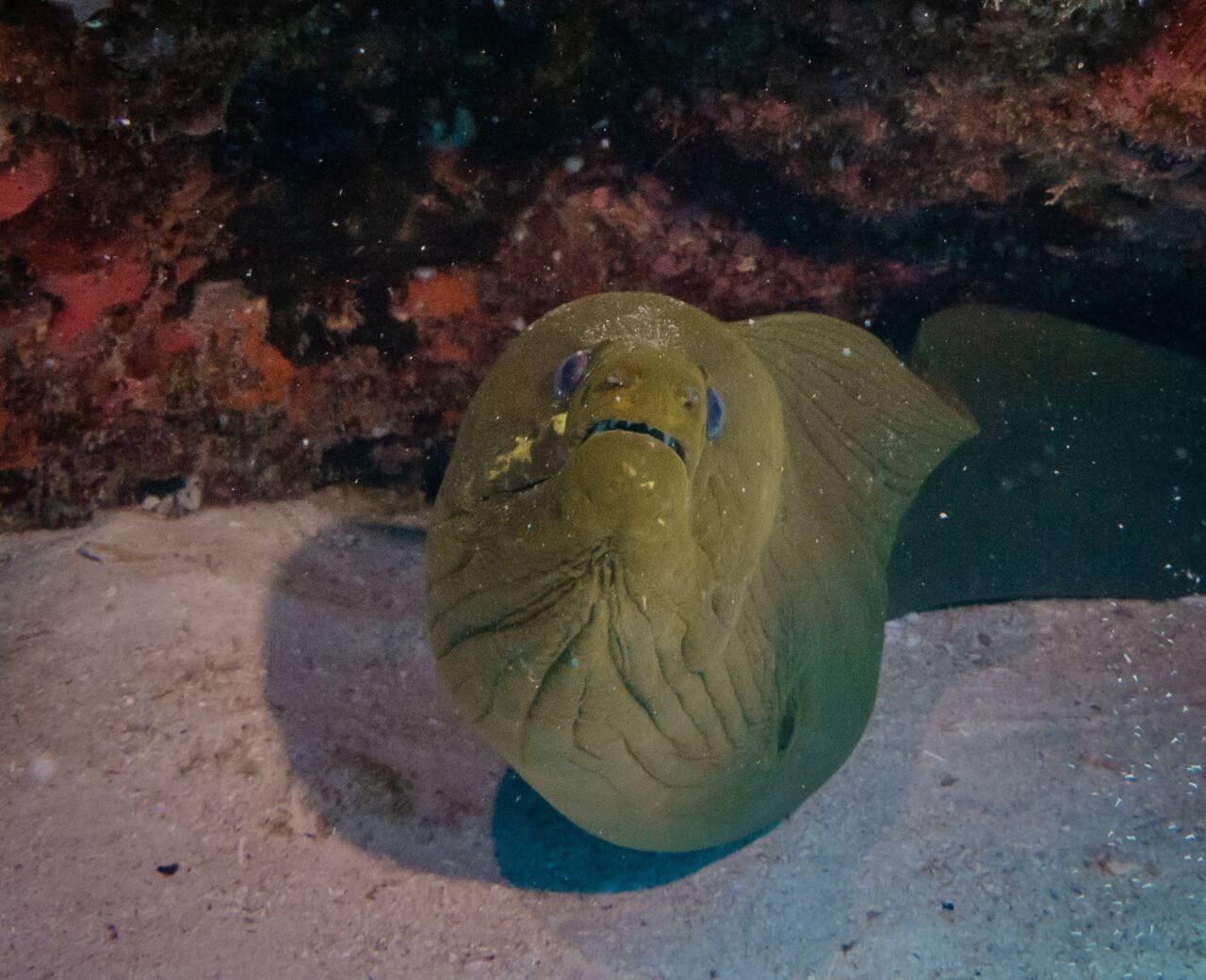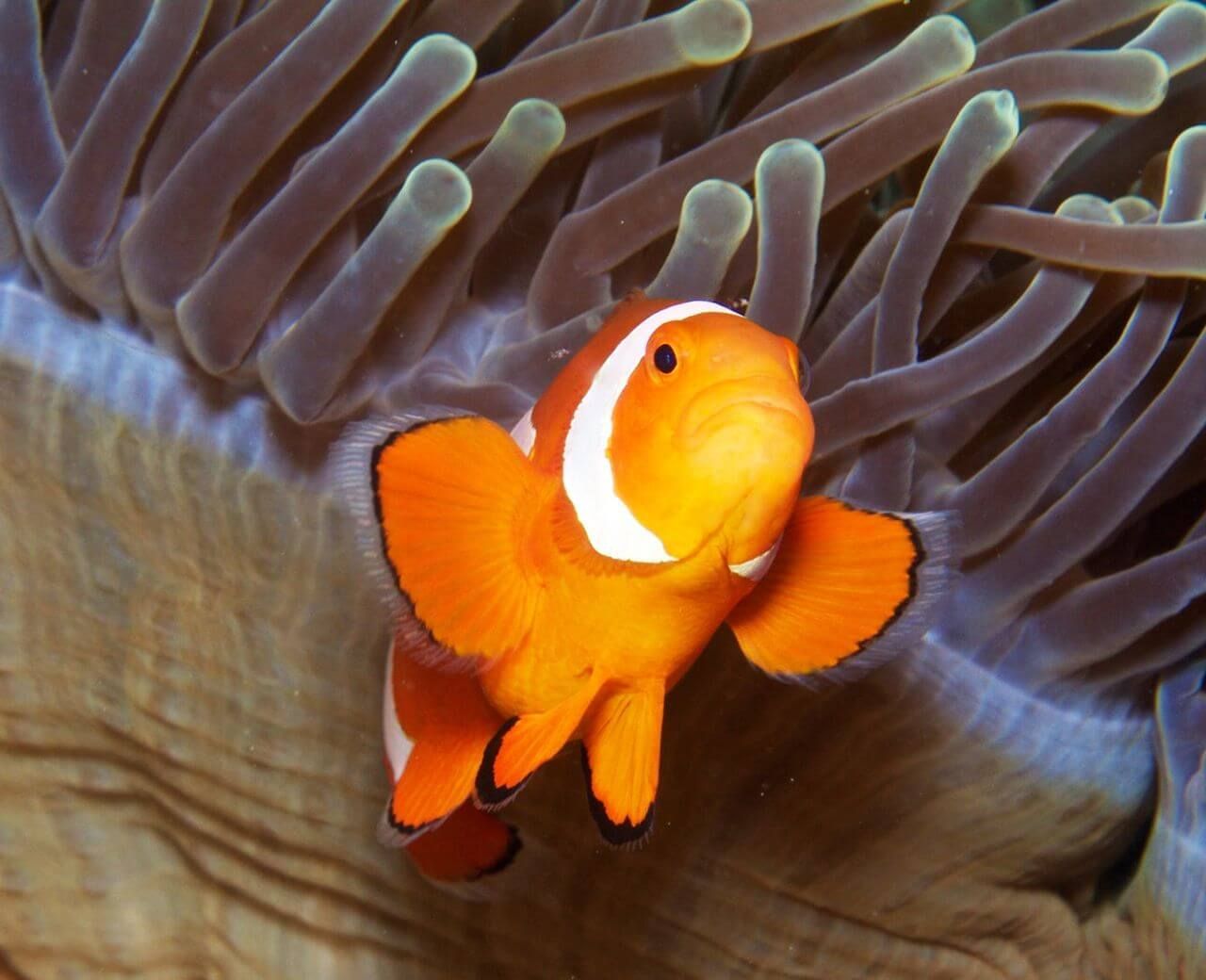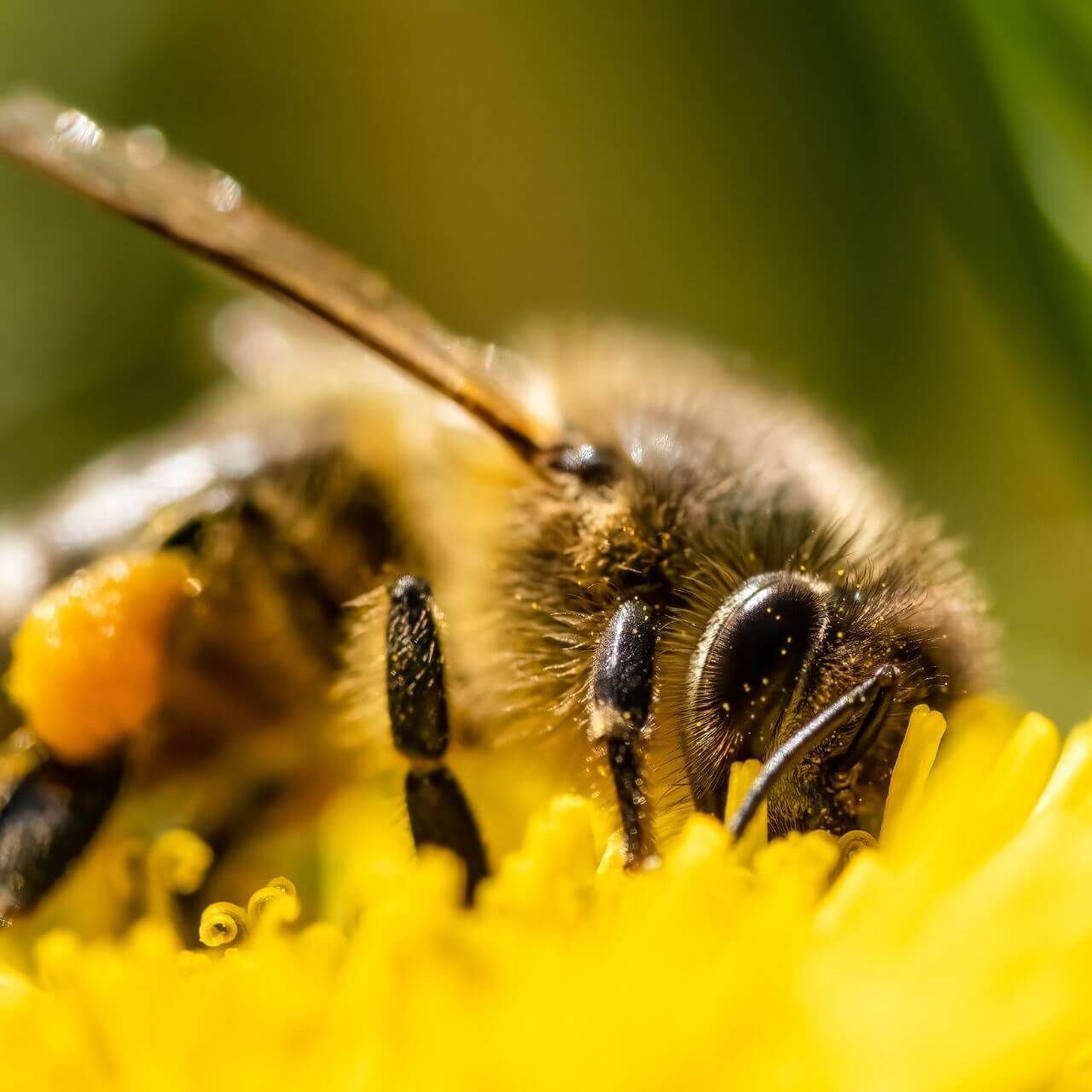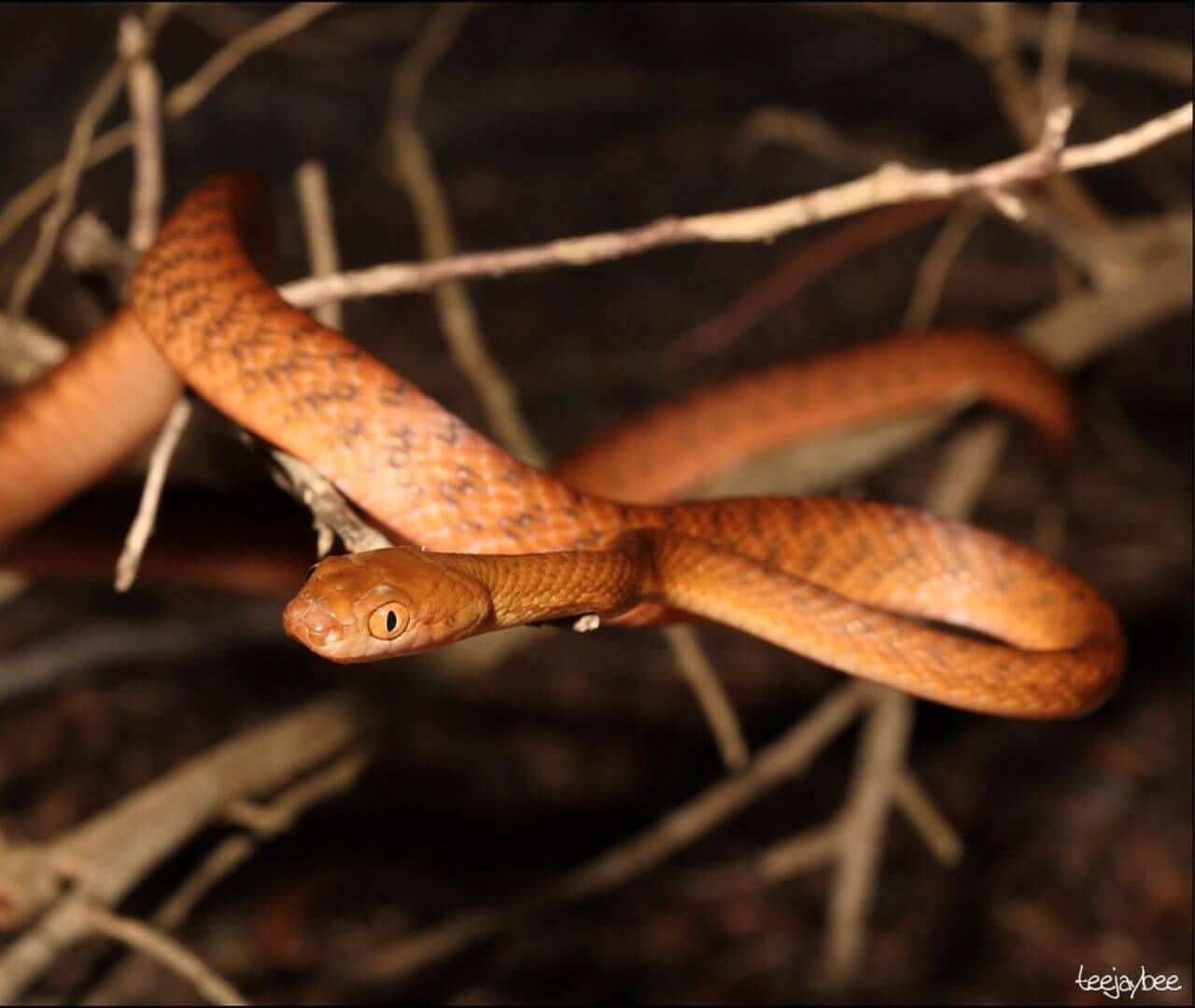Keystone Species | Holding an Ecosystem Together
Sea Otters
In coastal marine ecosystems where kelp forests flourish, sea otters are the star of the story. Kelp forests are an incredible underwater habitat utilized by a diverse group of animals. Kelp is huge and quick growing, sometimes growing more than 15 inches in a single day. Giant kelp beds provide shelter and protection from predators and storms for species such as sharks, seals, shorebirds, and, most importantly, sea otters. On the seafloor where the kelp is anchored to the earth, you will likely find many invertebrates species, such as sea urchins, who feed on the kelp and algae. Sea urchins can easily chew right through the base of the kelp and detach it from the seafloor, which can destroy entire kelp forest ecosystems. Luckily, sea urchins have one major predator to keep their numbers in check. Sea otters dive down and collect the urchins to fill their insatiable diet. With sea otters removed from the ecosystem, the destruction of kelp forests will inevitably follow, as would the loss of biodiversity.
Bees
While keystone species exist in far away ecosystems and underwater worlds, they also exist right in your backyard. While they don’t always get the best reputation, bees are a critical part of so many ecosystems! For plants to produce fertilized seeds, their flowers need to be pollinated. Some plants can pollinate themselves, meaning two flowers from the same plant can pollinate each other. Sometimes, one flower can even pollinate itself! However, most plants require cross-pollinating, which often requires the help of wind, birds, and bugs, like bees. Not only do humans rely on bees to pollinate many of our crops, but many animals also rely on their pollination! As new plants grow, they are a food source for animals who eat the leaves, drink the pollen, or munch on the flowers. These reproducing plants help maintain ecosystems, and we can often thank bees for that!
Gray Wolves
So, if keystone species are crucial for an ecosystem to stay the way it is, what happens if you remove them? Often, the entire ecosystem will change or collapse. Possibly the most well known example of this was in Yellowstone National Park when the gray wolves were removed from the ecosystem in the 1920s. As the human population expanded into their native range, the wolves’ habitat was altered to farmland and they started preying upon livestock. Humans retaliated by removing predators in the area using poison and hunting. Without their natural predators, deer and elk populations expanded greatly, resulting in overgrazing of the lands. The overgrazing led to an absence of trees and diverse vegetation that had historically supported birds, rodents, reptiles, and other species which each indirectly relied on the wolves. Yellowstone continued to deteriorate until the wolf reintroduction program began in the mid-1990s and wolves were returned to the ecosystem. Since then, the elk population has become controlled and biodiversity has returned to Yellowstone. Though it was not a quick process, returning this keystone species to its native lands has helped to restore the ecosystem.

